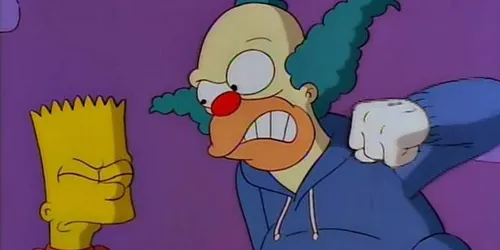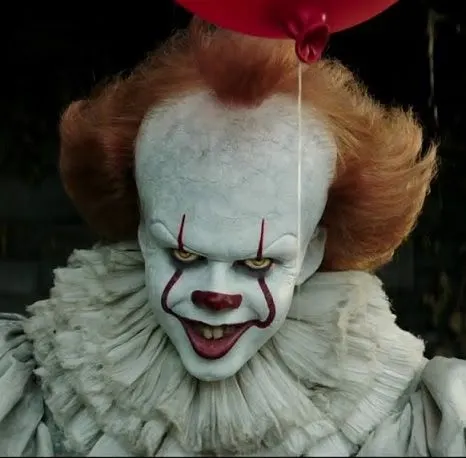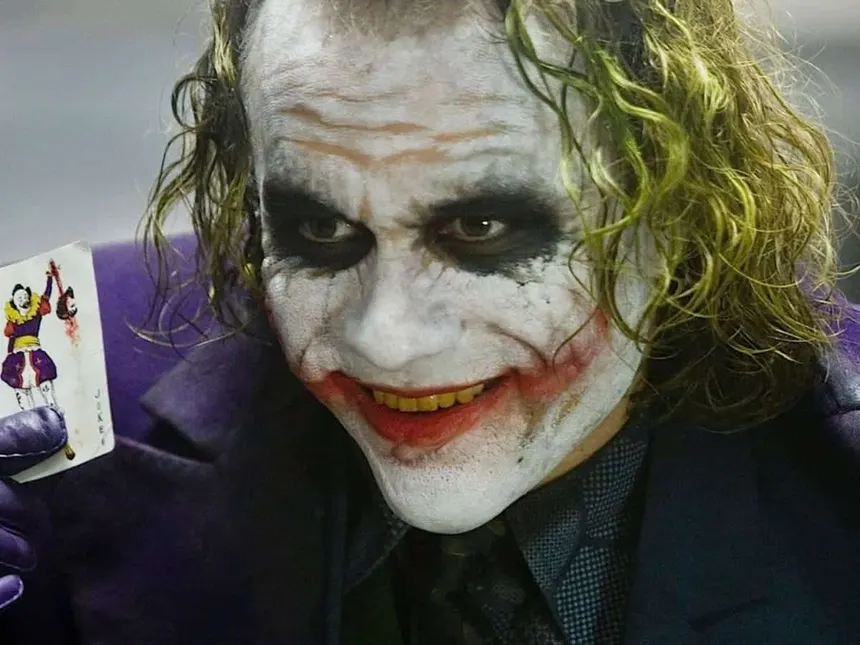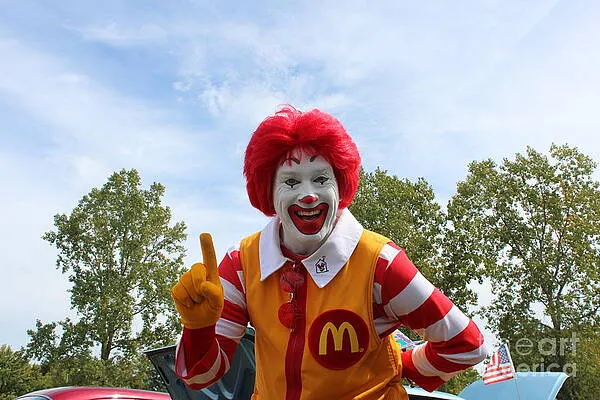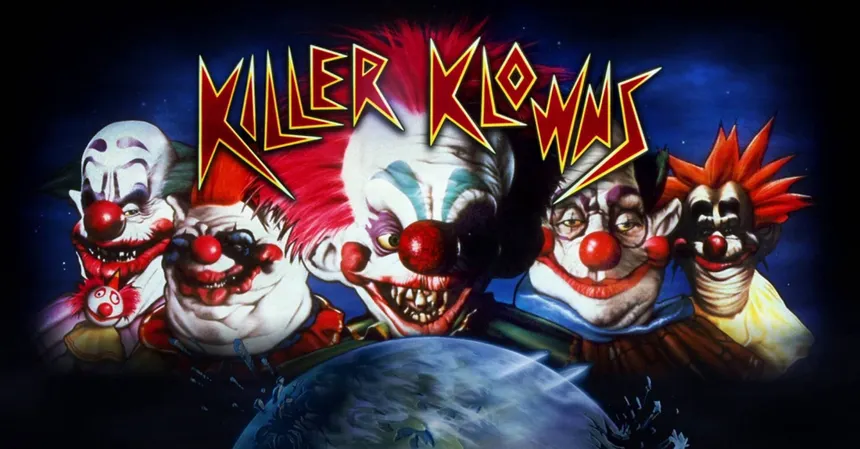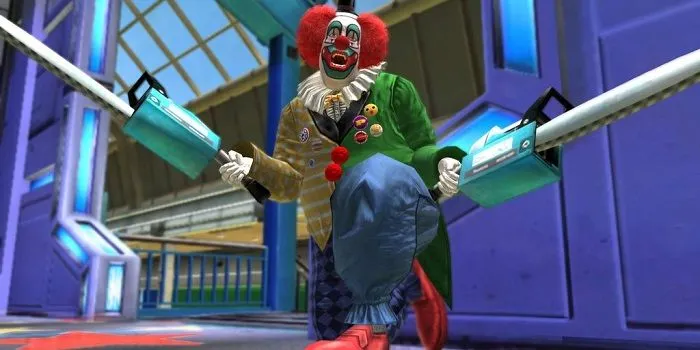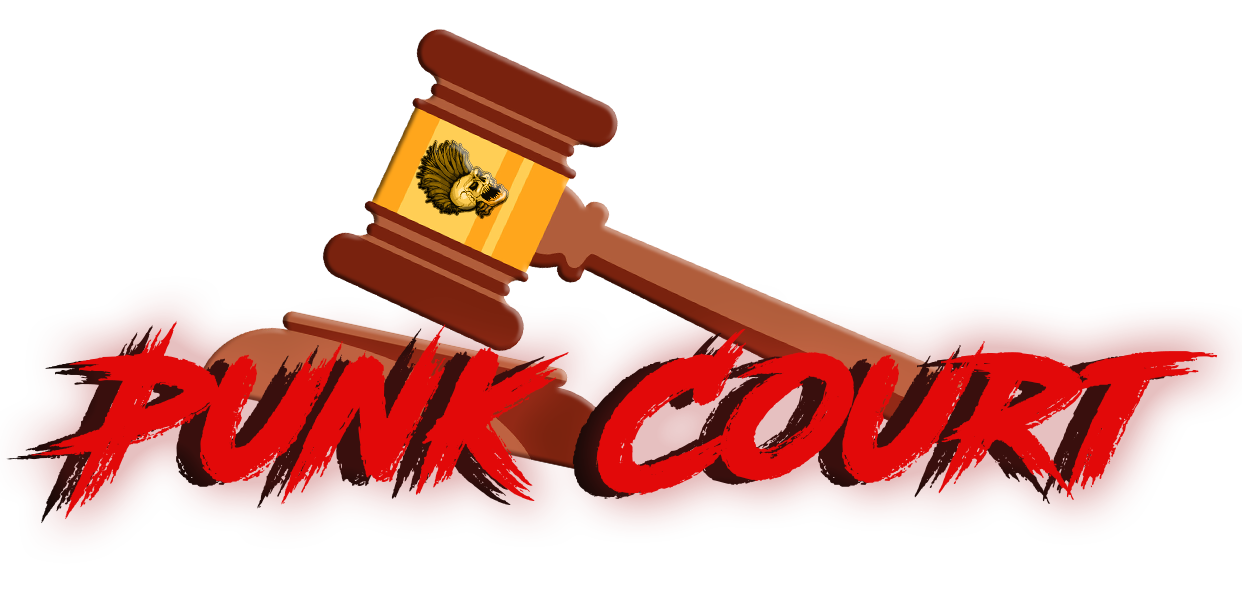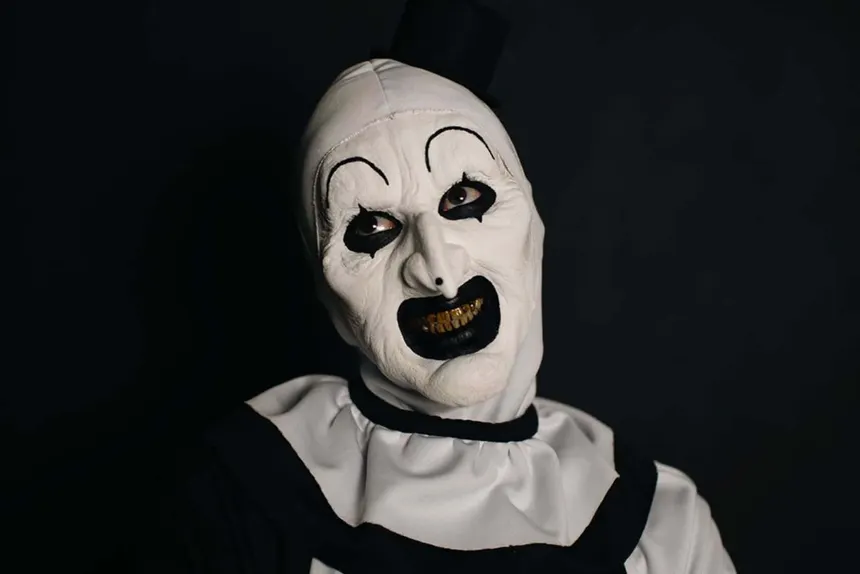
Untrustworthy Clowns Throughout History Clowns are usually painted as joyful tricksters—colorful entertainers who make children laugh with pratfalls and silly antics. But history tells a different story: beneath the greasepaint and exaggerated grins, clowns have often been symbols of deception, manipulation, and even menace. From royal courts to modern media, “untrustworthy clowns” have lurked at the intersection of comedy and cruelty.
The Jesters of Medieval Courts
Jesters in courts may seem harmless in stories, but they often held immense influence. While some brought levity, others were manipulative figures who used their position to whisper in rulers’ ears. In medieval Europe, jesters could mock or flatter kings in ways no advisor dared. Their sharp wit and access to power made them double-edged swords—were they allies, entertainers, or spies? The blurred line between comic relief and political scheming made them untrustworthy in the eyes of many.
Joseph Grimaldi’s Shadowed Legacy In the 19th century
Joseph Grimaldi became one of London’s most famous clowns. He revolutionized clowning into the white-faced, red-cheeked figure we recognize today. But behind the laughter, his life was filled with tragedy and personal torment. Audiences adored him, yet his reputation hinted at the duality of the clown—someone who smiles for the crowd while hiding deep pain. For many, his story cast clowns as figures of duplicity, masking their true selves.
The Killer Clown Archetype Emerges
The 20th century introduced clowns who went beyond trickery and into outright horror. Few examples loom larger than John Wayne Gacy, the serial killer who performed at children’s parties as “Pogo the Clown.” His crimes forever shattered the image of the clown as safe or innocent. In his wake, clowns in pop culture shifted toward the sinister—think Stephen King’s Pennywise or the Joker from Batman. The “killer clown” became a chilling reminder that laughter could be a mask for malevolence. Trickster Figures Across Cultures Even beyond Europe and America, clown-like figures have been viewed with suspicion. In Native American traditions, the “Heyoka” clowns of the Lakota were sacred contrarians—mocking normal behavior to teach lessons, but also unsettling their communities with disruptive chaos. In Mesoamerican festivals, trickster jesters could both entertain and humiliate. These roles show that clowns weren’t always trusted—they were disruptive forces whose unpredictability made them dangerous as much as amusing.
Modern politics and the “Clownification” of power in today’s world
The “untrustworthy clown” has taken on new symbolic meaning. When politicians or public figures are called clowns, it suggests incompetence, deception, or theatrical trickery. Memes and protest art often depict leaders as clowns—not harmless jesters, but untrustworthy buffoons hiding corruption behind showmanship. The archetype has evolved: the clown is no longer just a performer, but a metaphor for power abused under a painted smile. Conclusion: Why We Fear the Painted Smile The unease around clowns isn’t new—it’s centuries old. From medieval jesters who whispered poison into royal ears to modern figures who disguise harm behind humor, clowns have always embodied duality. They are entertaining, but they are also masks—hiding intentions, concealing truths, and making us question what lies beneath the greasepaint. The next time you see a clown’s exaggerated grin, remember: history suggests you might not want to trust it.
